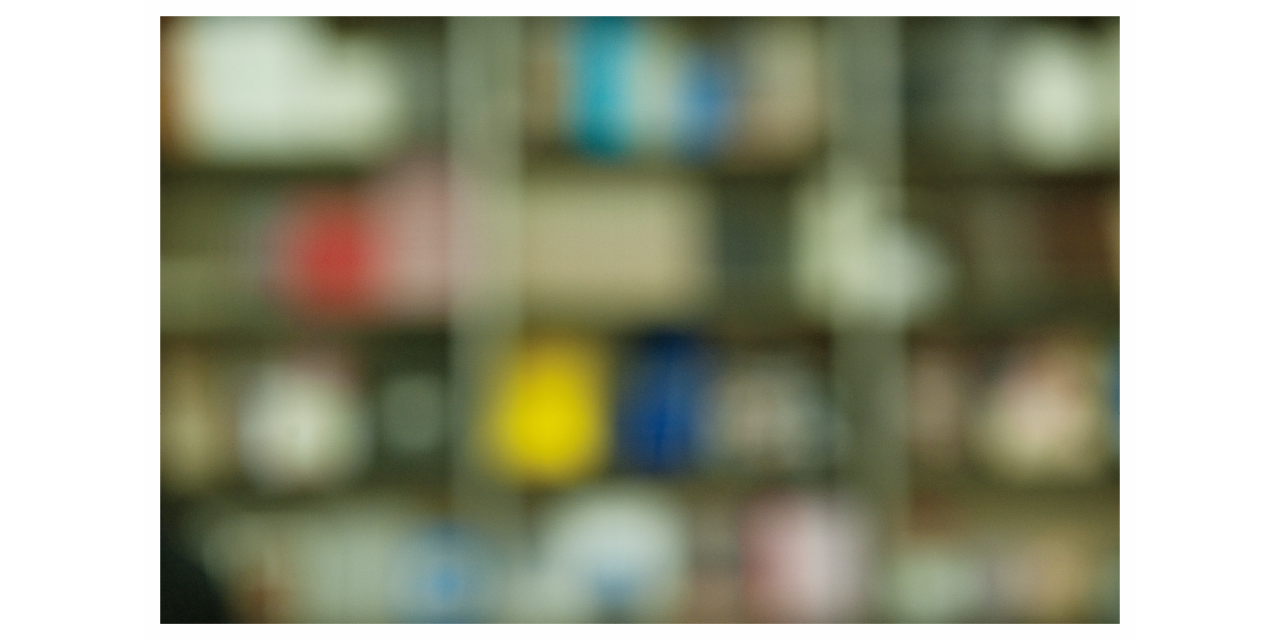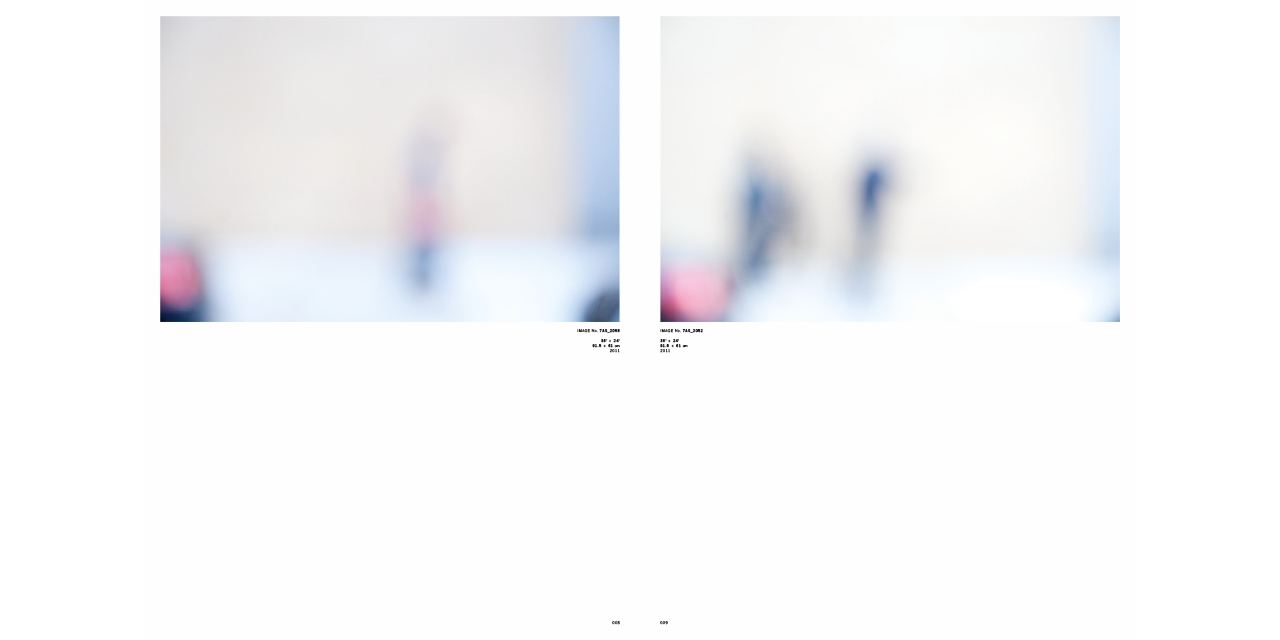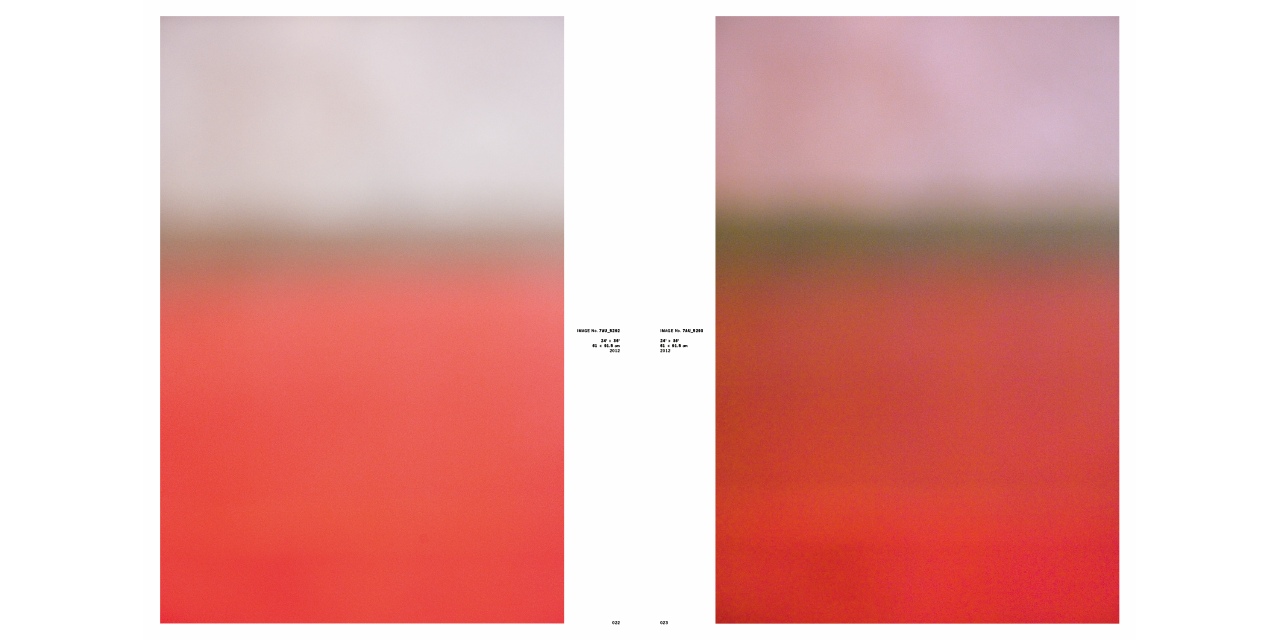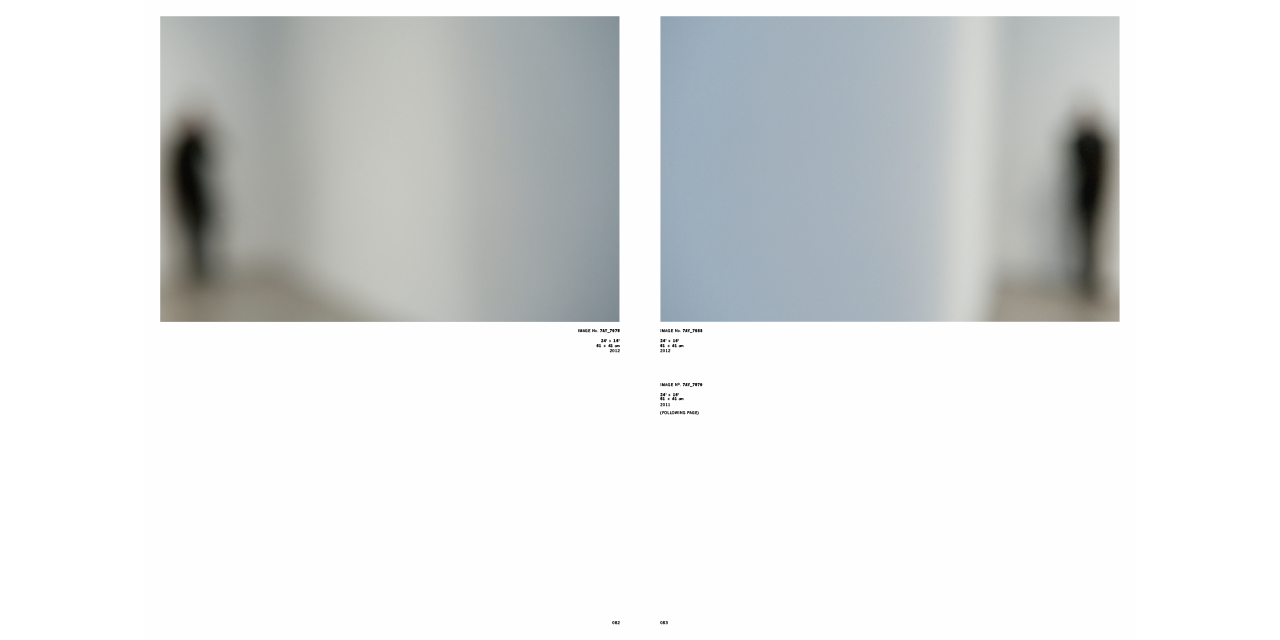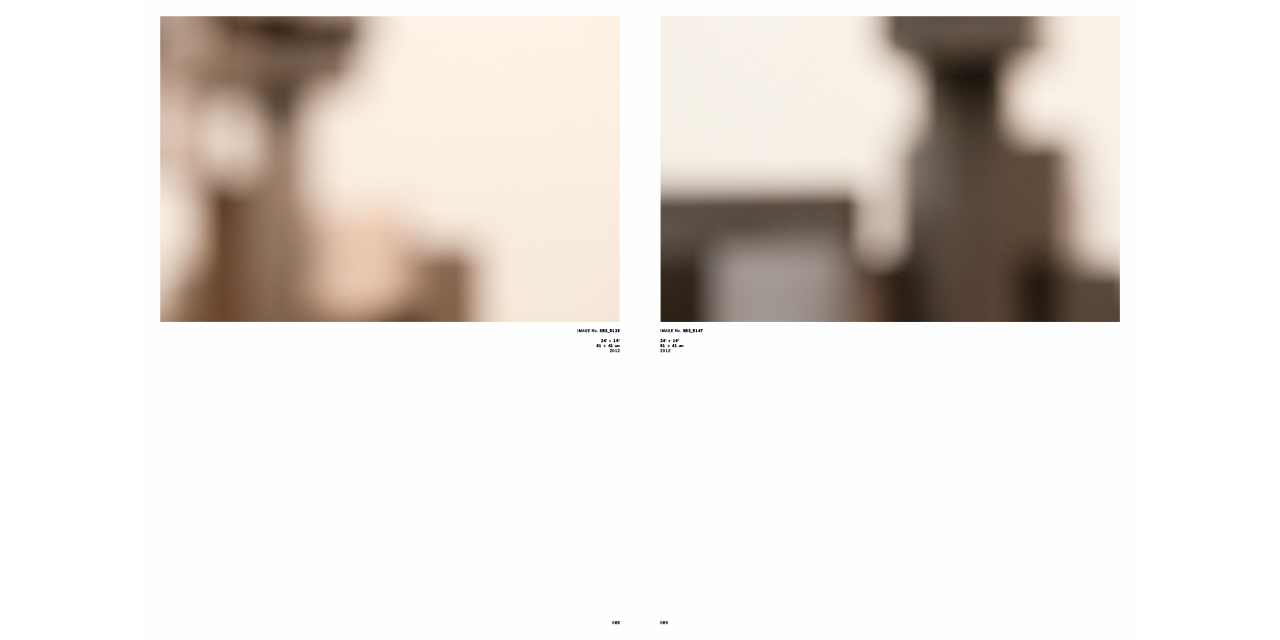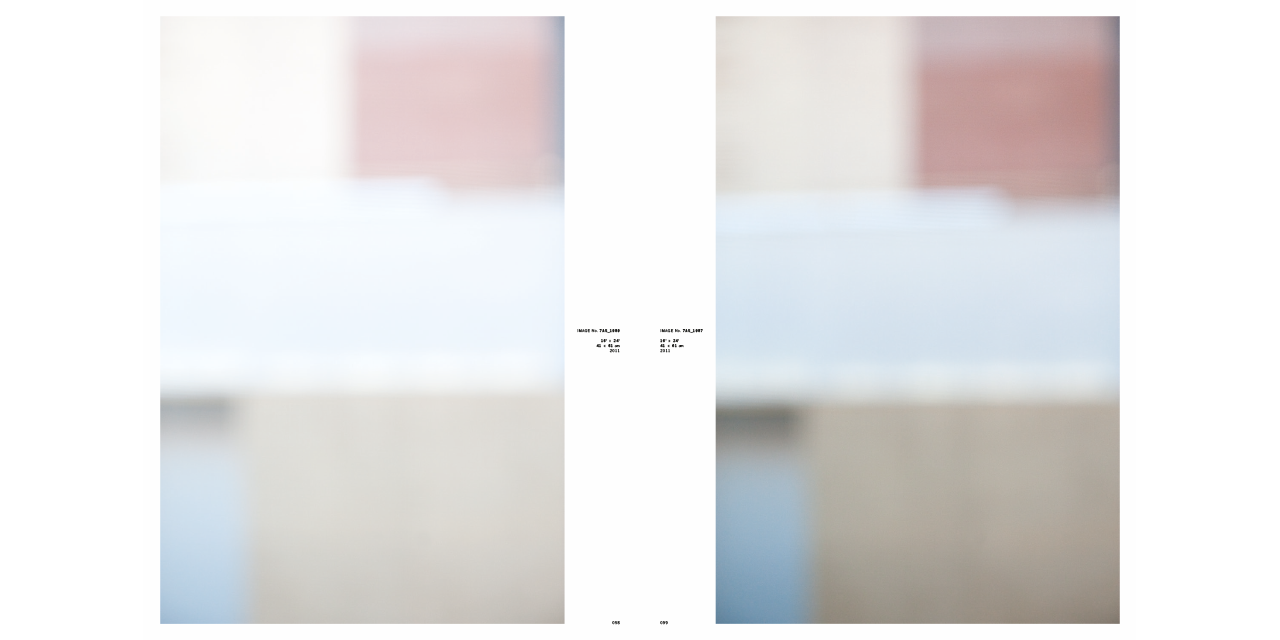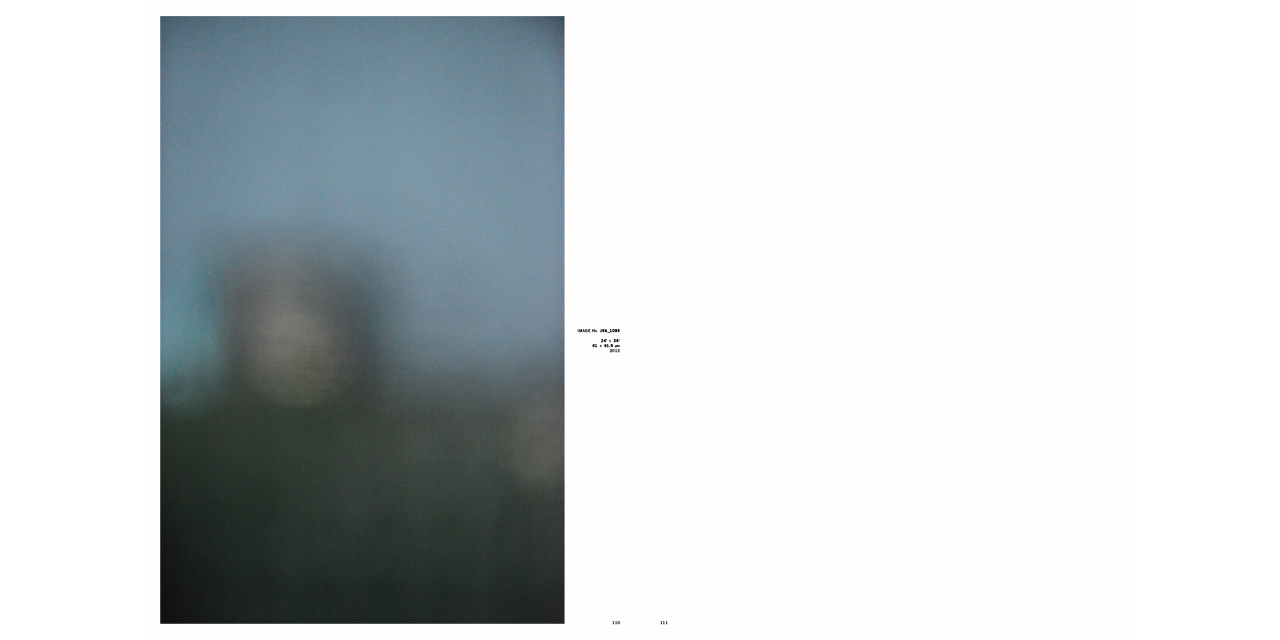
Liminal Spaces
Polish-born photographer Jurek Wajdowicz’s new art book luxuriates the viewer with both saturated and minimalist images that float between abstraction and reality of both the perceived and the imagined. The largeness of this limited-edition publication, reminiscent of a gallery space, envelops the reader and creates a pause for each image. You realize at once you are seeing something captured in its purity—in its minimal, intense and separate state.
Fred Ritchin in his introduction writes “…Seeing and looking are hardly the same. The riches reside as well in the parallel universes, those which conventional photography, quoting from appearance, hardly seem to take into account. In the hints of shape in Wajdowicz’s own images, in his embrace of negative space, appearance manages to conceal itself, implying the gaps of the forever in-between. The engaged viewer can then infer ways to re-imagine, while Jurek’s lens argues for a less traveled space. It is no wonder that his imagery reads like jazz…”
Polish-born photographer Jurek Wajdowicz’s new art book luxuriates the viewer with both saturated and minimalist images that float between abstraction and reality of both the perceived and the imagined. The largeness of this limited-edition publication, reminiscent of a gallery space, envelops the reader and creates a pause for each image. You realize at once you are seeing something captured in its purity—in its minimal, intense and separate state.
Fred Ritchin in his introduction writes “…Seeing and looking are hardly the same. The riches reside as well in the parallel universes, those which conventional photography, quoting from appearance, hardly seem to take into account. In the hints of shape in Wajdowicz’s own images, in his embrace of negative space, appearance manages to conceal itself, implying the gaps of the forever in-between. The engaged viewer can then infer ways to re-imagine, while Jurek’s lens argues for a less traveled space. It is no wonder that his imagery reads like jazz…”

